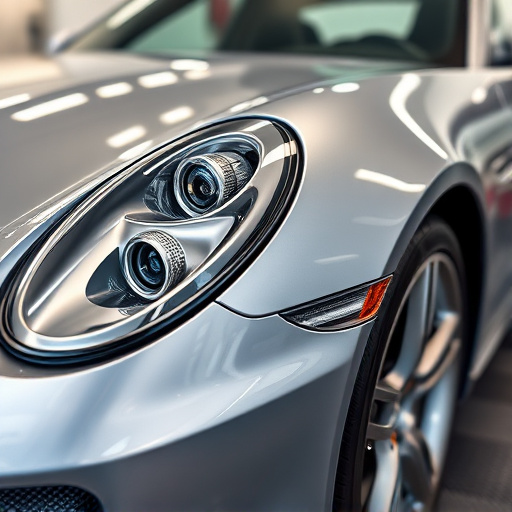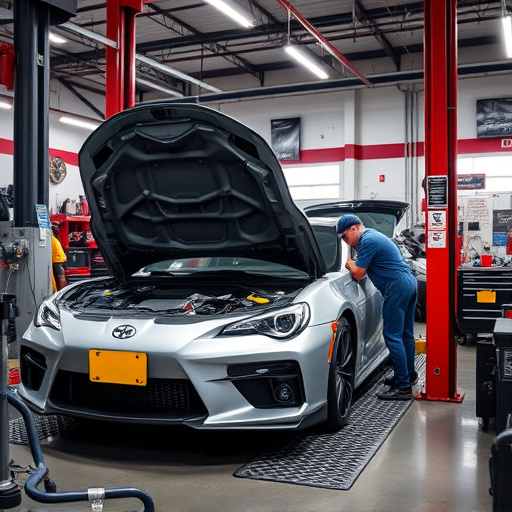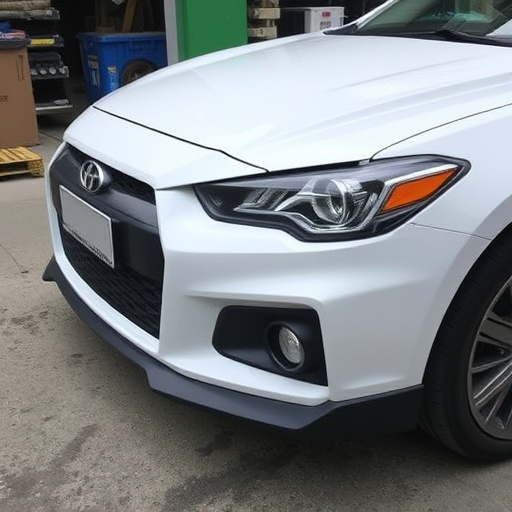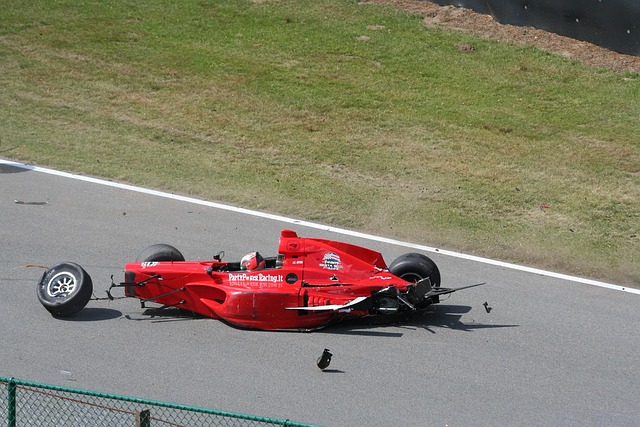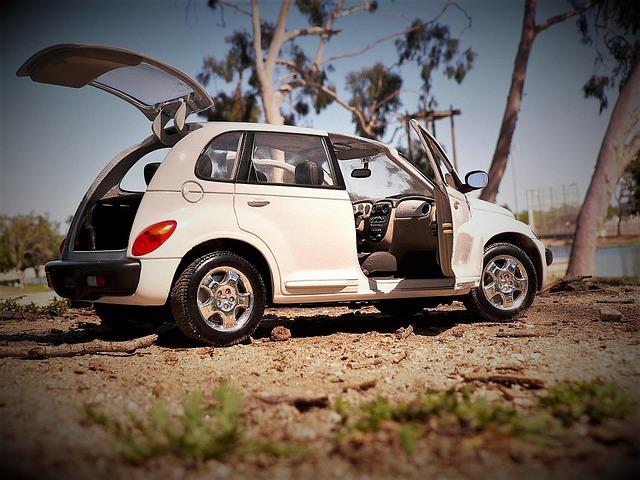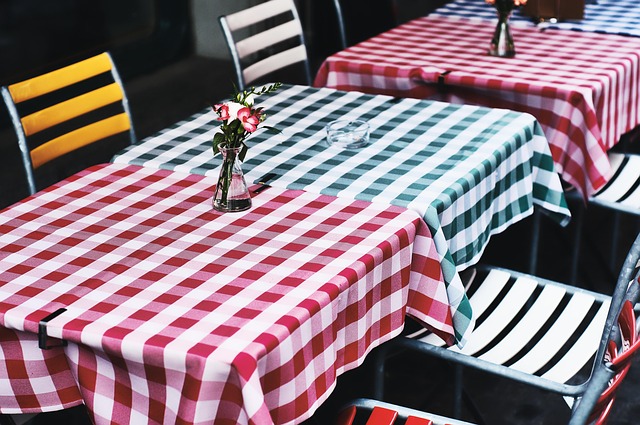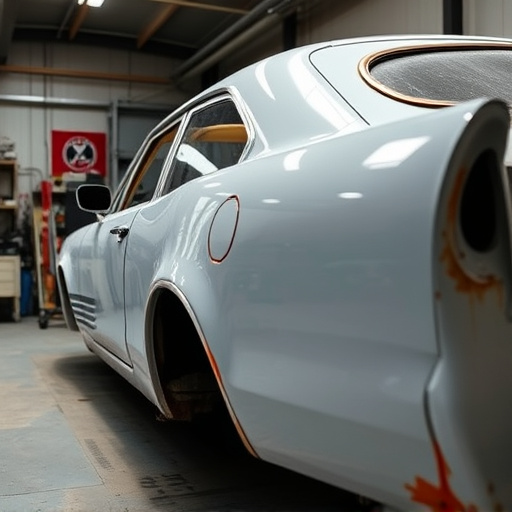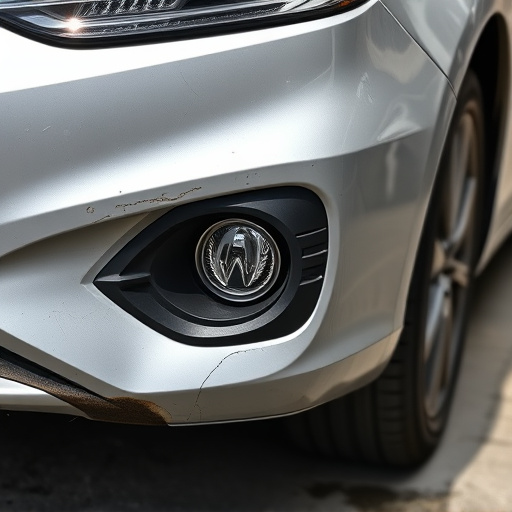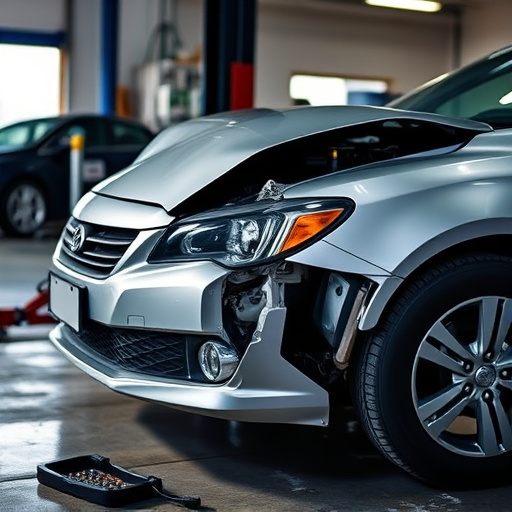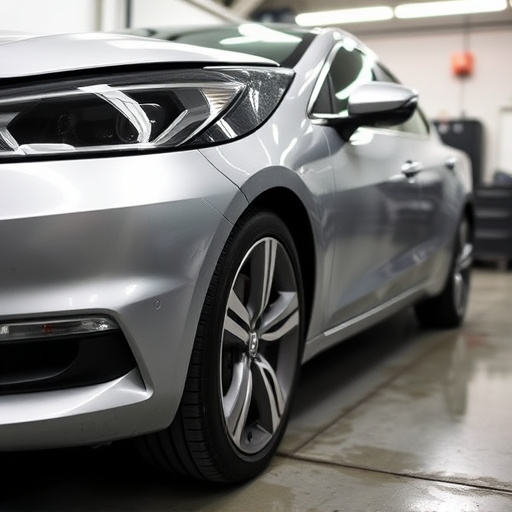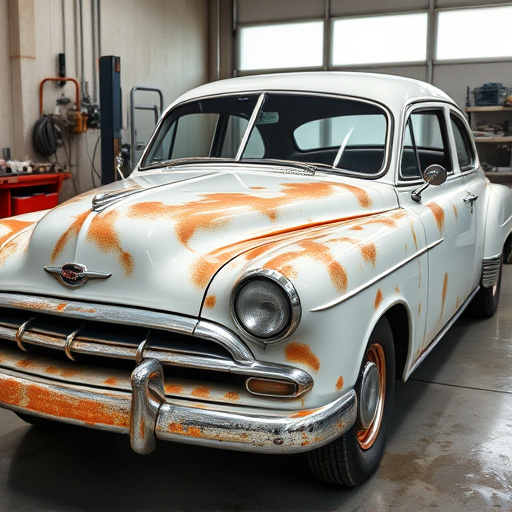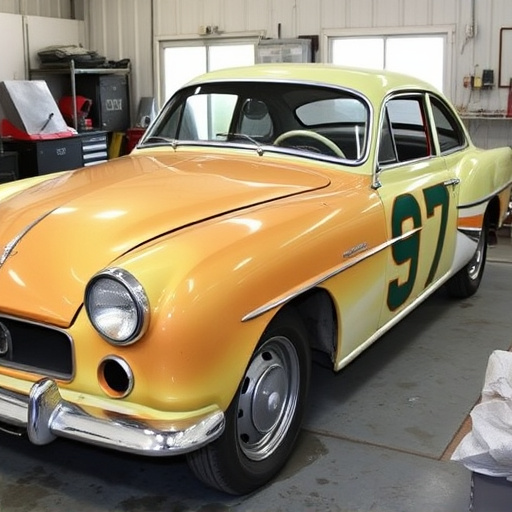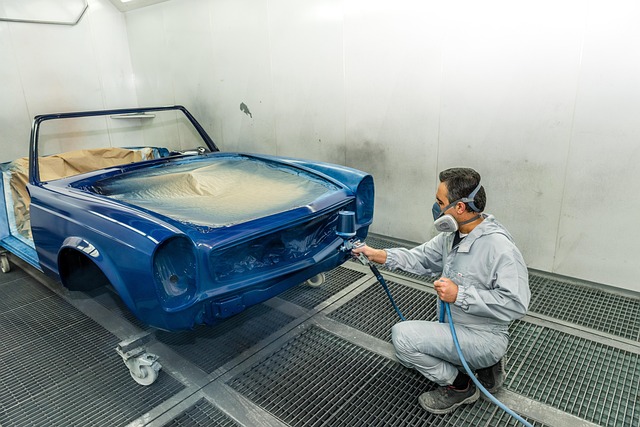Mercedes paint code restoration involves deciphering unique codes identifying vehicle exterior colors for accurate collision repair and body work. It requires consulting official resources or guides, meticulous visual inspections under diverse lighting, and skilled analysis to mix new paint matching hue, tone, and shine. This process ensures factory-like finishes for all repairs, from auto glass to bumper work.
Mercedes paint code restoration is an intricate process that demands precision and a deep understanding of automotive aesthetics. This comprehensive guide delves into the art and science behind restoring Mercedes-Benz vehicles to their original glossy finish. We explore the significance of inspecting paint under varying light conditions, ensuring perfect color matching. From decoding Mercedes paint codes to advanced restoration techniques, this article provides an in-depth look at the steps involved in bringing back the vibrant allure of your Mercedes.
- Understanding Mercedes Paint Codes: A Comprehensive Guide
- The Art of Inspection: Evaluating Paint Under Diverse Lighting
- Restoration Process: Techniques for Optimal Color Matching
Understanding Mercedes Paint Codes: A Comprehensive Guide

Mercedes paint code restoration is a meticulous process that begins with understanding the intricate system behind these codes. Each Mercedes-Benz vehicle is assigned a unique paint code, serving as a digital fingerprint for its exterior color. This code is crucial for accurate Mercedes paint code restoration and ensuring the original shade is matched perfectly.
Deciphering these codes involves knowing that they typically consist of a combination of letters and numbers, with each element holding specific meaning. For instance, the initial letters might represent the region where the car was manufactured, while numerical sequences indicate the exact color from the brand’s palette. By consulting official Mercedes resources or dedicated restoration guides, auto enthusiasts and professionals alike can master this system, facilitating precise car collision repair and vehicle body repair when restoring a Mercedes’ original finish. This knowledge is particularly valuable for those undertaking intricate auto glass replacement tasks to ensure a seamless, factory-like finish.
The Art of Inspection: Evaluating Paint Under Diverse Lighting

The art of inspection is a critical step in any Mercedes paint code restoration process. Skilled technicians understand that evaluating paint under diverse lighting conditions reveals intricate details and defects that might be invisible to the naked eye. This meticulous approach ensures that every imperfection, from subtle scratches to deeper imperfections, is accurately identified. By examining the paint under varying light—including natural daylight, artificial lighting, and shadow—restorers can make precise judgments about the restoration’s progress.
In a professional collision center or automotive repair service, this skill set is paramount. Fleet repair services often require meticulous attention to detail, as each vehicle must be restored to its original condition, if not enhanced. The ability to assess paint accurately under different lighting conditions ensures that the final product matches the Mercedes paint code perfectly, providing a flawless finish that commands admiration and respect. This level of craftsmanship sets apart top-tier collision centers from their competitors.
Restoration Process: Techniques for Optimal Color Matching

The Mercedes paint code restoration process involves meticulous techniques to ensure optimal color matching. It begins with a thorough inspection under varying light conditions—natural daylight, artificial lighting, and shadow—to accurately identify the original shade. This step is crucial as it determines the exact match during repainting.
Skilled restorers use specialized tools and equipment to analyze the paint’s composition, including its base color, pigment, and UV protection. They then mix new paint using the corresponding Mercedes paint code, carefully matching the hue, tone, and shine. Techniques such as layering and blending are employed to create a seamless finish, similar to the classic car restoration process for older models. Even minor imperfections in the auto glass repair or bumper repair can affect the final color match, highlighting the need for precision throughout the restoration process.
Mercedes paint code restoration is a meticulous process that demands a deep understanding of automotive paint and lighting. By employing advanced inspection techniques under varying light conditions, restorers can accurately match colors and achieve impeccable results. The comprehensive guide on understanding Mercedes paint codes, coupled with expert restoration processes, ensures that every vehicle returns to its original splendor, preserving its unique identity and aesthetic appeal.
